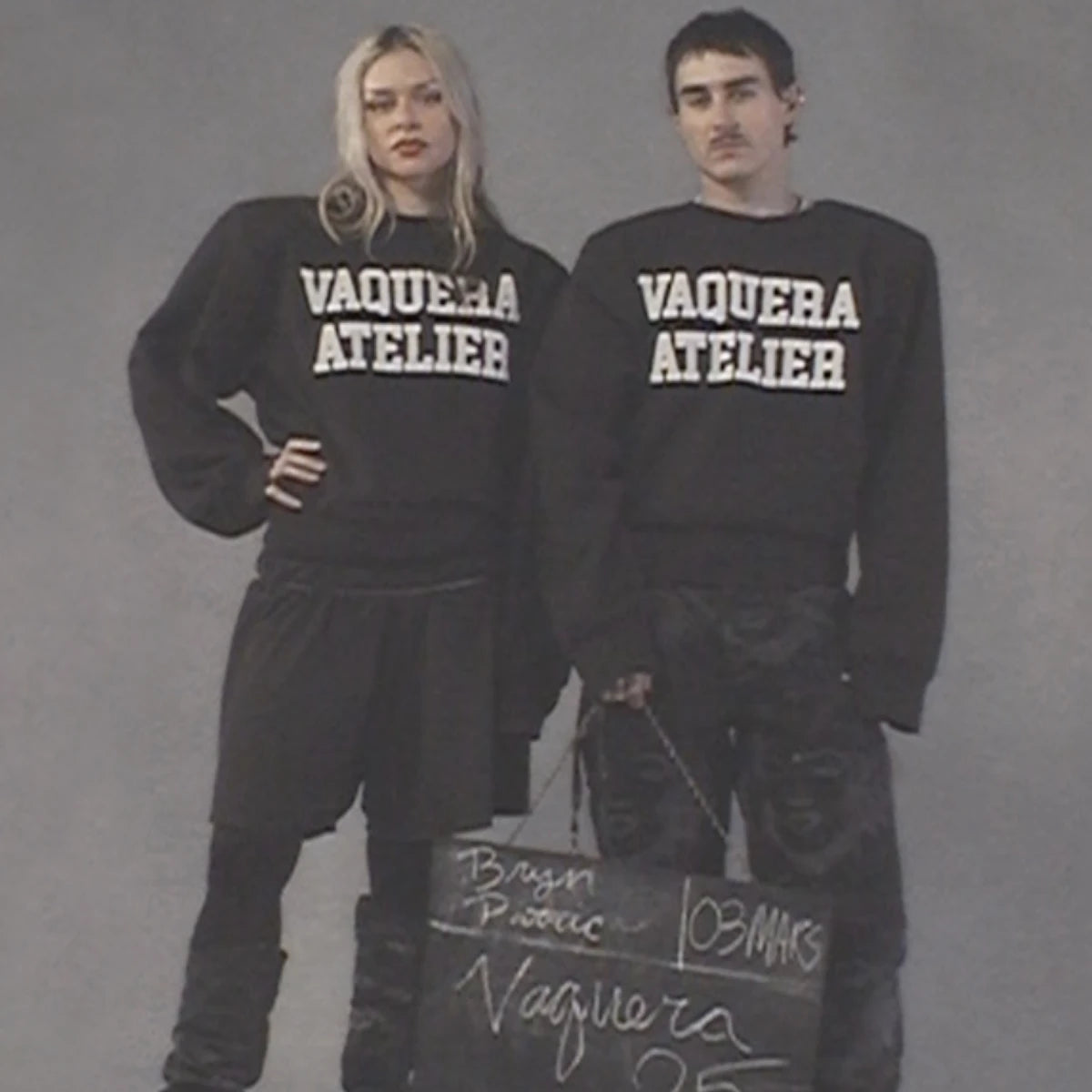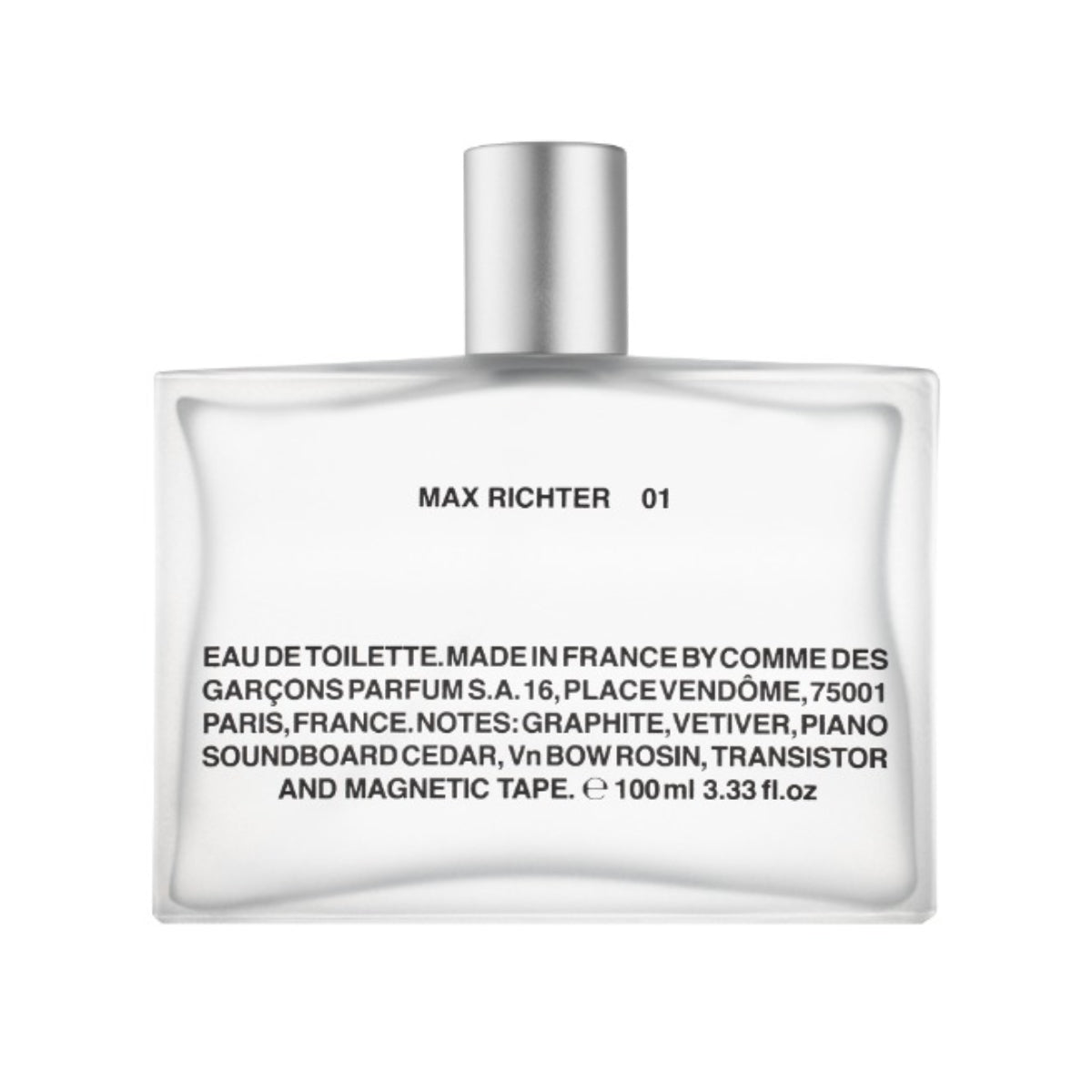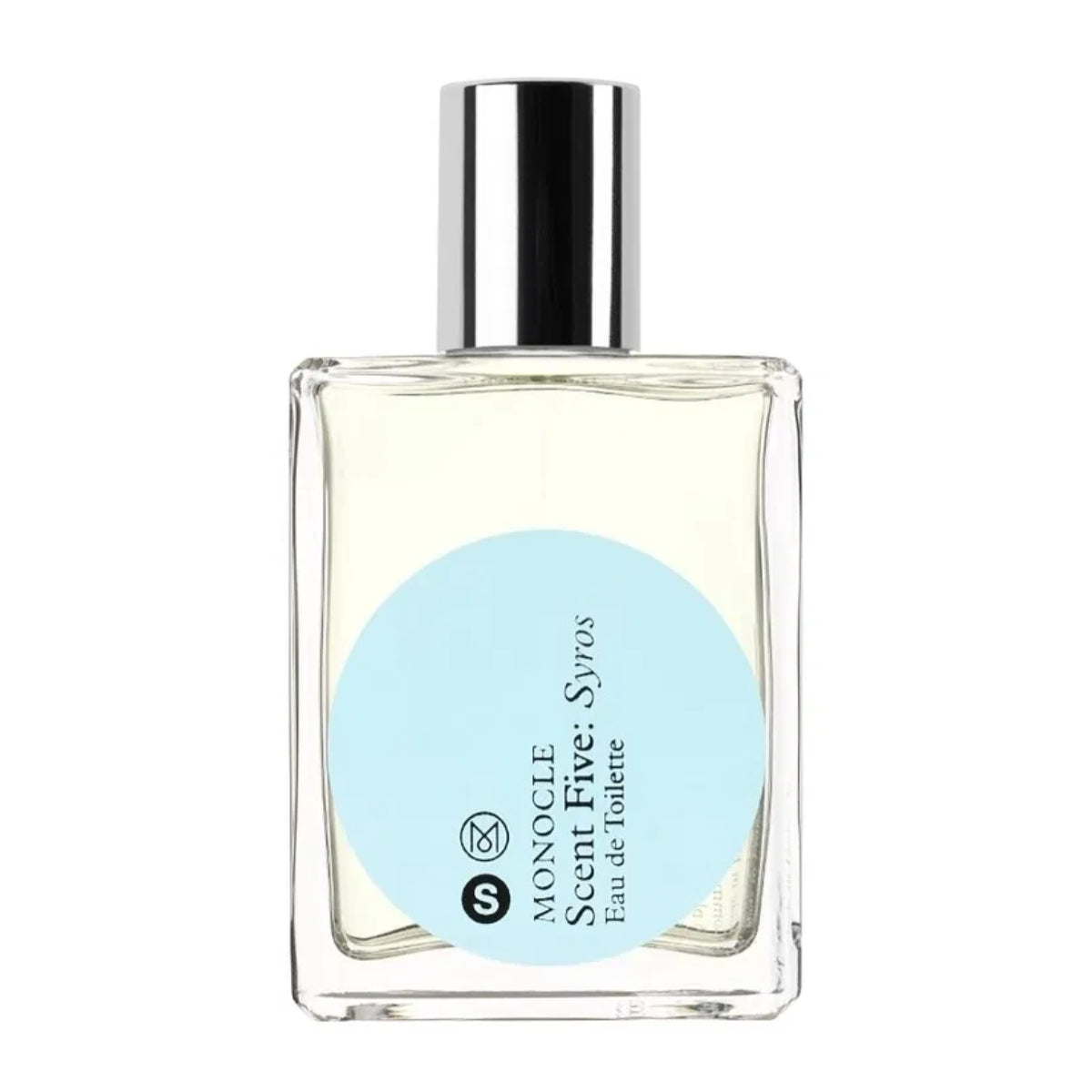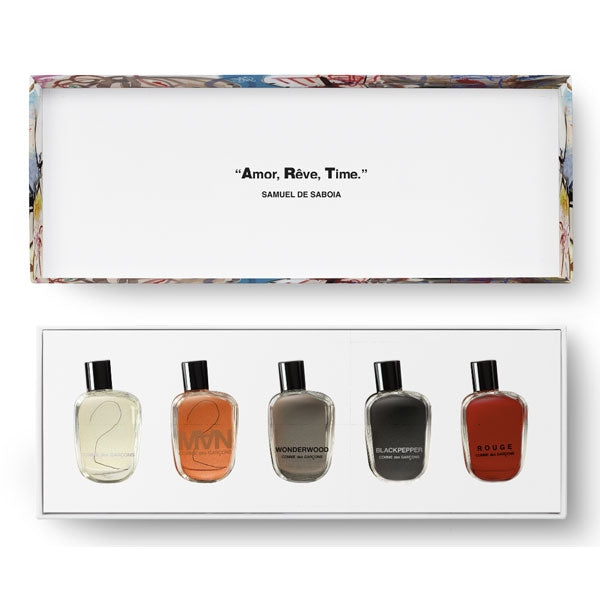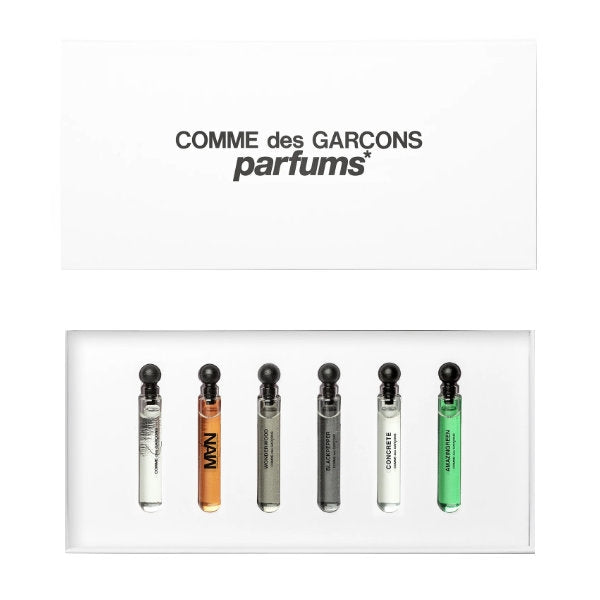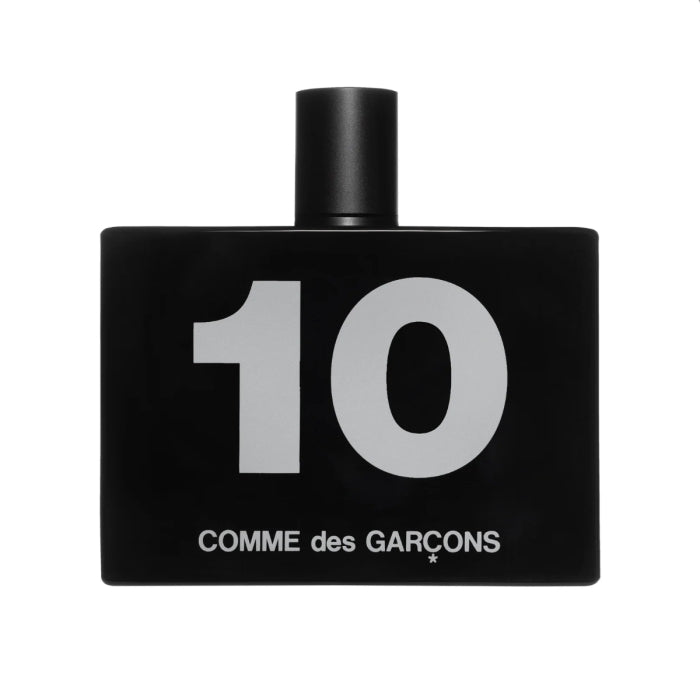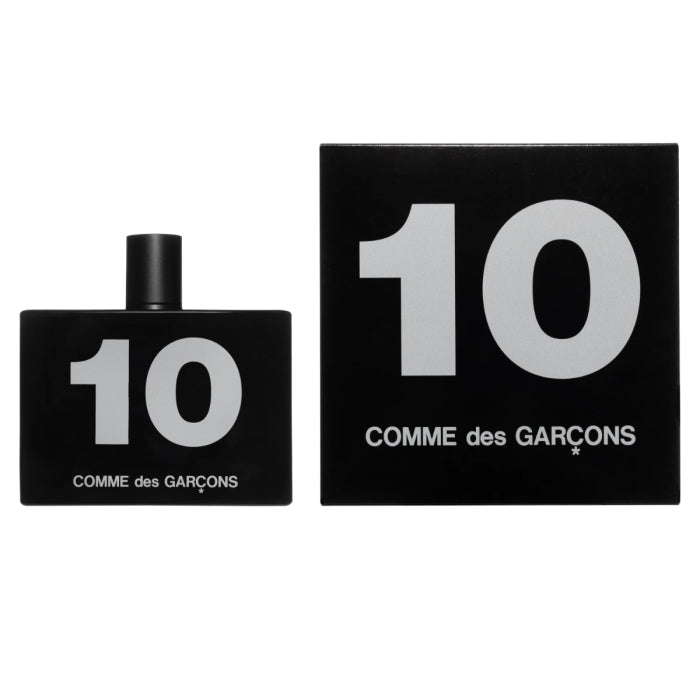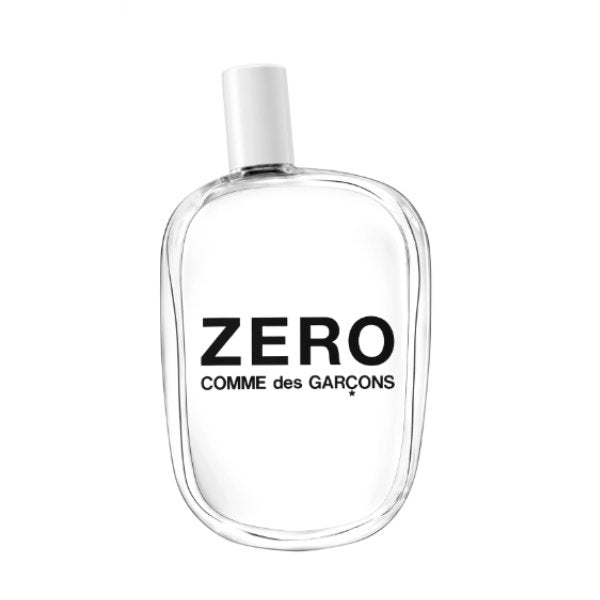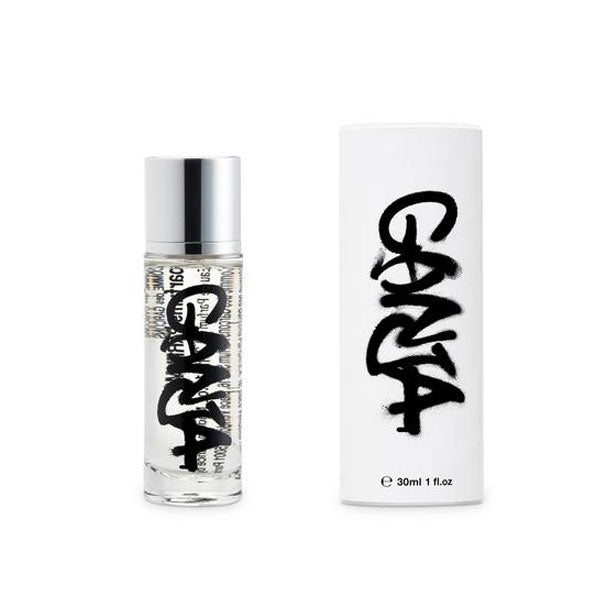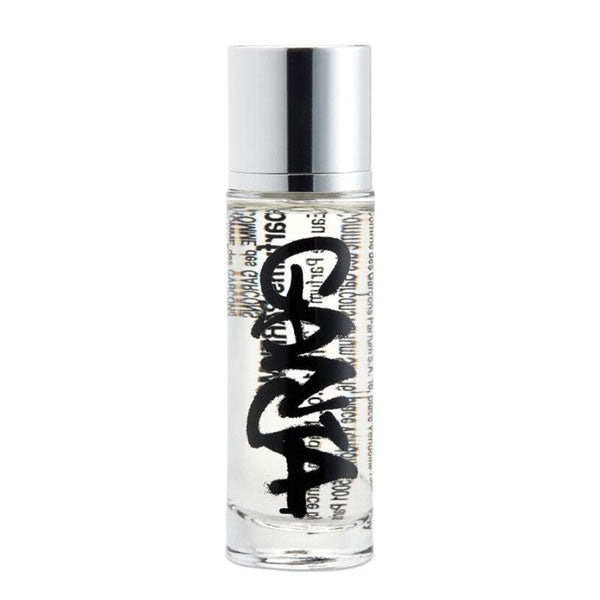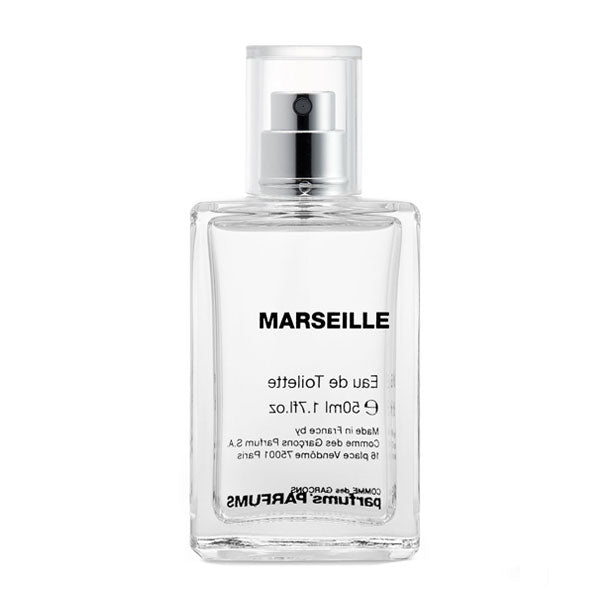More about Comme des Garçons
It is often unconventional CVs that point the way to true innovation. This is particularly true of Japanese designer Rei Kawakubo – the woman behind Comme des Garçons. After studying philosophy, art and literature in her native Tokyo, she first worked as an advertiser for a chemical company. She later went freelance as a stylist, breaking a taboo in traditional 1970s Japan – and it wouldn't be her last. In 1973, she finally founded her now legendary fashion label Comme des Garçons. In 1981, Rei Kawakubo shocked the Paris fashion world with a women's collection. ‘Post-atomic ragged look,’ “Hiroshima chic” and “Quasimodo style” were the harsh verdicts of critics on an “aesthetic of poverty” that rebelled against every conventional ideal of beauty with its dark colours, holes and shapeless cuts – which was exactly what it was supposed to do. The idea of the flagship store, which contributes to the design of the fashion through its architectural concept, not only presenting it but also complementing and emphasising it, can be traced back to Kawakubo, as can that of the guerrilla stores. These also caused a great stir: the shops only open for a year and, regardless of how well they do, are then closed again. ‘Strike and disappear’ is the idea behind the minimalist shops. Despite her rebellion against convention, she also collaborated with H&M, Lacoste and Levi's, for example, and designed a bag collection for Louis Vuitton.
In 1994, she launched her first perfume, simply titled ‘Comme des Garçons’, which was followed by a whole range of other fragrances. Mostly organised in series, these are usually dedicated to a specific theme and can therefore often be understood as concept fragrances, as fragrant art. To this end, Kawakubo has always worked with the best noses in the industry, such as Mark Buxton and Bertrand Duchaufour.


